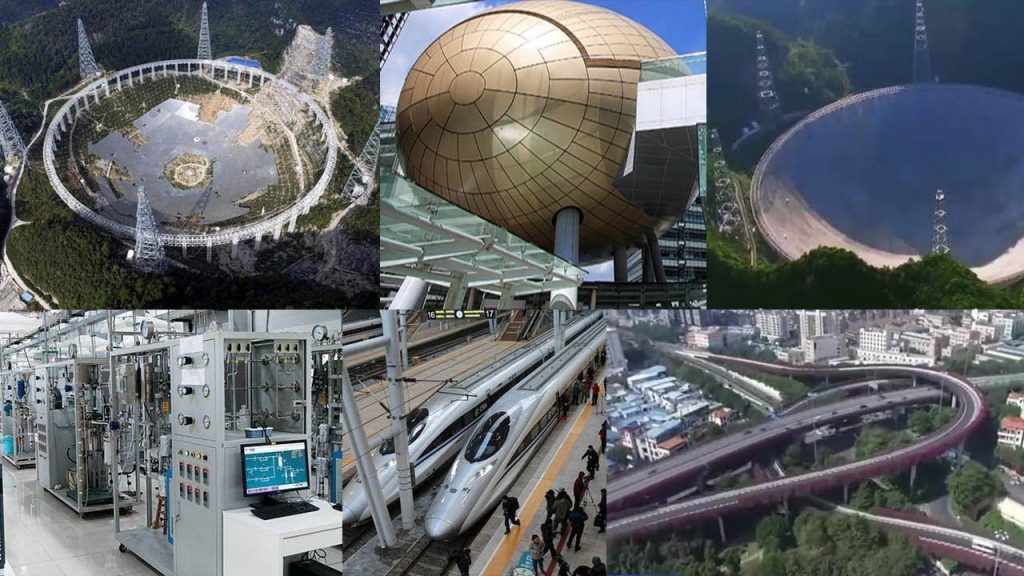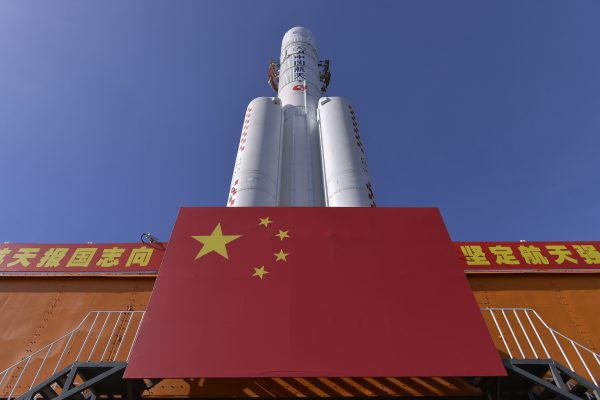
- China has taken a bold step forward with the recommendation of 178 technology innovations of centrally administered state-owned enterprises (SOEs).
- China’s Centrally administered SOEs have rich resources, top talent, and sufficient capital. At any given time they can organize all kinds of market elements to improve the efficiency of tech R&D design
- State-owned enterprises (SOEs) are important components of the Chinese economy.
There were the days when Chinese products were cheap, of low quality, with no guarantee and were meant to be ‘use and throw’ products. China was the cheapest factory in the world and the label ‘Made in China’ itself was looked down upon and questioned. But today, China has transformed itself into a nation of cutting-edge technologies. It offers the best products, services and at a price affordable to every segment across the world. In India, the Japanese, Korean, and European companies dominated the Telecommunication market. Today we have China-based companies like Oppo, Xiaomi, RealMe, OnePlus, Huawei, Lenovo, Techno, and Infinix among others dominating the sector. The sector-wise list goes on endlessly.
China has taken a bold step forward with the recommendation of 178 technology innovations of centrally administered state-owned enterprises (SOEs). The State-owned Assets Supervision and Administration Commission of the State Council (SASAC) is an institution directly under the management of the State Council. It is an ad-hoc ministerial-level organization directly subordinated to the State Council. The Party Committee of SASAC performs the responsibilities mandated by the Central Committee of the Chinese Communist Party. Now SOEs are making breakthroughs in such sectors as semiconductors, server operating systems, core electronic components, key materials and advanced manufacturing. SOEs are exploring areas that private companies have avoided, while playing a leading and bridging role in integrating the resources of research institutes, private firms and capital, to obtain maximum results in cutting-edge technology breakthroughs.
Some of the innovations in the list include the DSP HunXin-1 chip – a high-performance IC chip developed by China Electronics Technology Group Corp, a 5G millimeter-wave communication ratio frequency chip developed by China Aerospace Science and Industry Corp, the Jiutian artificial intelligence platform developed by China Mobile, Kylin operating system developed by China Electronics Corp., Hydrogen storage material and solid hydrogen storage technology, hydrogen-based fuel-cell engines, and 12-inch, ultra-high copper material for large-scale semiconductors.
China’s Centrally administered SOEs have rich resources, top talent, and sufficient capital. At any given time they can organize all kinds of market elements to improve the efficiency of tech R&D design. China wants to score in high-tech sectors such as new energy, new materials, advanced equipment and batteries. Secondly, to encourage domestic players to “head to the hills,” shaking up the bottlenecks that are constrained by others.
So China as part of the national push for technology independence is doubling down on efforts to develop local technology talent over the next decade. SOEs are its weapons. Last week, China tapped 12 top universities for this goal. Noted scientists and engineers have stood with President Xi Jinping’s on science and technological innovation as insightful, inspiring and instructive.

The role of the Chinese Communist Party (CCP) in SOEs has varied at different periods but has increased during the rule of CCP General Secretary Xi Jinping, with the Party formally taking a commanding role in all SOEs. China’s centrally administered state-owned enterprises’ (SOEs) net profits were up 2.1 per cent to 1.4 trillion yuan ($215.89 billion) in 2020, with officials and experts giving recognition to their vital roles in China’s economic growth. Centrally administered SOE Sinopharm last year took the lead in developing COVID-19 testing kits and brought the first domestic COVID-19 vaccine to the market. A construction marvel was produced by centrally administered SOEs, which built the Huoshenshan Hospital and Leishenshan Hospital in Wuhan in a matter of days last year. In the near term, centrally administered SOEs and other SOEs will continue to be the backbone of China’s economy, while a growing number of private enterprises will continue to develop rapidly.
State-owned enterprises (SOEs) are important components of the Chinese economy. Although SOEs are generally considered inefficient in operations, China’s economy, which relies heavily on SOEs, has been highly successful over the last four decades. This indicates the importance of SOEs in China’s past and future economic success. China is already boosting itself with Mars and lunar probes with the Beidou Navigation Satellite System, the construction of the Chinese space station, new quantum computers, deep-sea submersibles, 5G communication and image and voice recognition.
The world will have no problem with China’s technological breakthroughs but if they are using them and their state campaign to dominate and become a leader forcefully, then there is a serious issue. Already all the bordering countries of China have problems with the recent actions of the Chinese armed forces on land, air and water!
Allegations of China’s design for forced drought, land grabbing and tensions with Taiwan in the South China Sea add to the list of concerns for the neighbouring countries. Many reports suggest that its bio-medical research might have led to the outbreak of COVID-19 and this has the entire world worried today. Hence, China should restrain itself and behave responsibly or else its reckless acts might put the entire world in danger.
M.AM.PhiL/(PhD SNU South Korea)
